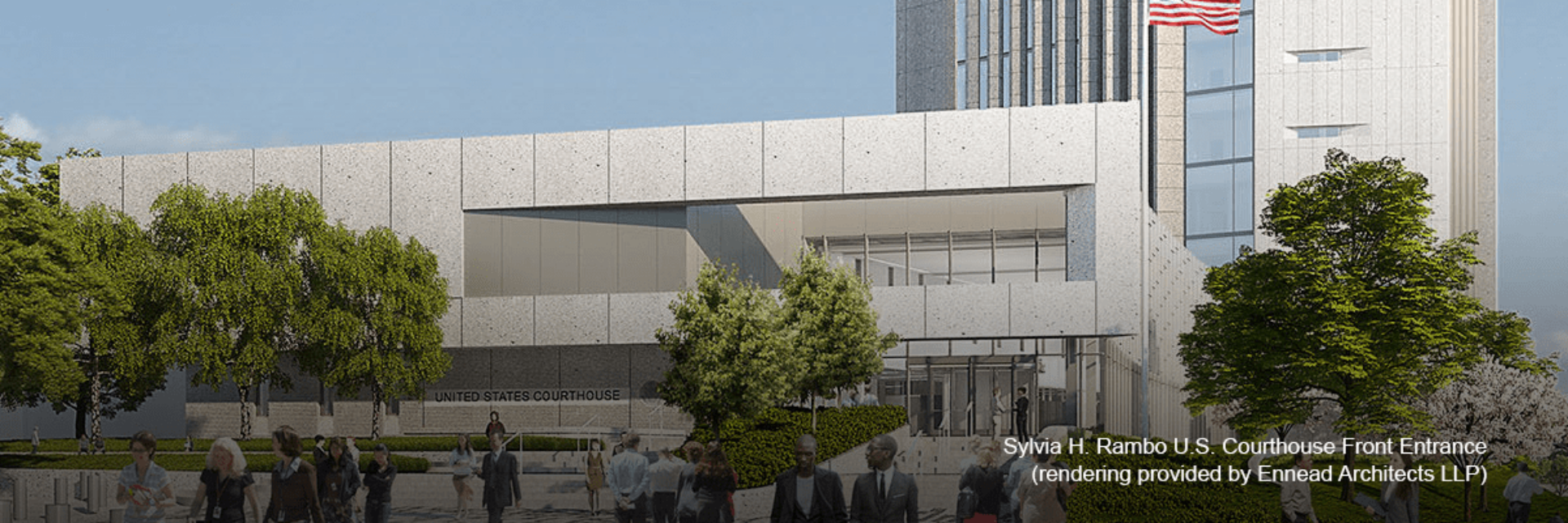

Project managers use a wide array of tools and technologies to manage increasingly complex construction projects around the world. Project management information systems (PMIS), virtual commissioning software, and drones used for inspection are just some of the tools that can streamline project management work. One especially powerful tool that project managers can use to drive a client’s goals is Building Information Modeling (BIM).
According to the U.S. National Building Information Model Standard Project Committee, “BIM is a digital representation of physical and functional characteristics of a facility. A BIM is a shared knowledge resource for information about a facility forming a reliable basis for decisions during its life-cycle; defined as existing from earliest conception to demolition.” Basically, BIM creates a virtual and manipulable blueprint of a building. However, BIM is an extremely sophisticated combination of different tools that allow users to work on a built model and plan a project. BIM can incorporate such varied elements as thermal studies, clash detection, light analysis, acoustics, workflows, photogrammetry, client standards, contracts, and much more.
Highly trained professionals are needed to construct BIM models, and accordingly, BIM is traditionally associated with specialized architects and engineers. Nevertheless, BIM is a useful tool for anyone involved in a construction project. A public client might present elements of a model to the public to generate support for a project, for example.
Contractors can reference the BIM to confirm constructability or create their staging plans. Likewise, for project managers, BIM can help manage a project from design through completion and operation. Project managers can use BIM to foster discussion, resolve challenges, validate designs, support quality reviews, oversee commissioning, and many other things.
BIM and PM Case Study: The U.S. Federal Courthouse Project
In Harrisburg, PA, the U.S. General Services Administration (GSA) is approaching completion of the $155 million Sylvia H. Rambo U.S. Courthouse for the U.S. District Court for the Middle District of Pennsylvania. The 243,000 SF facility will meet the Court’s 30- year space requirements with eight courtrooms, judges’ chambers, jury facilities, holding cells, and secure underground parking. Tenant agencies for the courthouse include U.S. Bankruptcy, District, and Magistrate Courts; Court Clerks; Probation; U.S. Marshals Service; U.S. Attorneys; U.S. Trustees; Federal Public Defenders; and GSA.
The building is a steel structure with a precast concrete envelope, vertical glazing, and stone details. Designed to meet LEED Gold standards, the courthouse incorporates the latest standards and specifications for security, safety, and health. This includes requirements for blast resistance, progressive collapse, security controls, prisoner exchange, and secure corridors. Courtrooms feature high-end architectural millwork to emphasize the importance of the judiciary. The facility also includes infrastructure to enable the latest technology for courtrooms as well as the flexibility to accommodate future enhancements.
The project is being delivered under a Construction Manager as Constructor (CMc) model with a Guaranteed Maximum Price (GMP) contract. As project and construction manager for the courthouse, Hill International, Inc. leveraged a variety of technologies to manage the project, including Ennead Architect’s BIM model.
Project Management with BIM
Throughout the courthouse project, the Hill team has used the BIM model in a variety of ways, including for clash detection, constructability reviews, and quantity take-offs, among other things. During detailed design, the Hill team used the model extensively for design reviews and discipline coordination. Using BIM helps Hill manage two major management challenges facing the project: ensuring all applicable government standards are met and managing the multiplicity of sub-contractors.
On quality control site visits, Hill uses the BIM model to verify completed and on-going work conforms with client specifications and government facility standards. These reviews give the client confidence and reduce the need for rework.
There are also many sub-contractors on the project. Each additional sub-contractor compounds the amount of coordination required by the Hill team. Nine companies built the courthouse’s envelope, for example. The Hill team uses BIM to help the CMc ensure sub-contractor sequencing is appropriate. This also reduces rework, helping to meet cost and schedule goals.
When the contractor proposes changes, Hill reviews the changes, communicates them to the client, and helps the team visualize the changes in BIM. Hill also uses BIM during peer quarterly reviews to demonstrate project updates and provide space visualization to GSA and other stakeholders. These reviews were particularly important during COVID-19, as they allowed Hill to drive progress virtually and mitigate delays induced by pandemic-related labor and supply-chain shortages. The reviews also allow the team to efficiently incorporate tenant-driven changes to the project during construction, such as spatial changes to Marshals, GSA, and judges’ chambers.
Hill’s work with BIM and other project management tools have helped reduce rework, maintain budget and schedule, and ensure quality. Leveraging the capabilities of BIM helped preserve progress during COVID-19 and allowed the team to nimbly react to changes throughout the project. BIM has also allowed Hill to communicate and promote collaboration. By promoting a full team approach with BIM, Hill helps maintain positive relationships within the project organization, resolve disputes, and prevent claims. The team’s efforts have put the project on track for successful delivery in 2022.
Making the Most of BIM on Your Projects
As demonstrated on the courthouse project, BIM can be a powerful tool for a project team. Even though BIM is not traditionally associated with project management, experienced project managers can realize management goals with BIM and help project teams derive even more value from the use of such technology. When a project manager can leverage the power of BIM, the project team can profit from accurate and immediate information sharing, capture schedule efficiencies, reduce rework and changes, implement strong quality control measures, and much more.
Collectively, Hill International’s professionals have competencies in hundreds of project technologies, such as BIM, Open Space, and a wide variety of PMIS. The Hill team can recommend the right blend of technologies for any project, help implement the technologies effectively, and use them to improve project outcomes. In addition, Hill’s program management professionals regularly support client inhouse staff in adopting certain technologies within their project organization.


For more information on how Hill’s project managers can use BIM to help your project thrive, reach out to Assistant Project Manager Burak Kurama at [email protected] or Vice President David Rupp, AIA, at [email protected].
________________________________________________________________________________________________________________________________
Header image of the Sylvia H. Rambo U.S. Courthouse Front Entrance (rendering provided by Ennead Architects LLP).
Share

June 23, 2025 | Articles
Jeffrey Hurley Joins Hill’s Northern California Rail Practice

June 23, 2025 | Articles
Ready, Set, Grow: First VP Chad Koelling Takes Charge of Hill’s Mountain West Region

June 8, 2025 | Articles
PMO in Saudi Arabia: The Holistic Approach to Realizing a National Mega-Portfolio

June 1, 2025 | Articles

May 26, 2025 | Articles

May 12, 2025 | Articles
Keeping Your Water/Wastewater Programs Flowing with Public Relations

April 27, 2025 | Articles
Oiling the Machine: Steps to Successful Permitting on Infrastructure Megaprojects

April 20, 2025 | Articles
Sustainable Scaling: Solutions for Managing Risk on Europe’s Data Center Projects